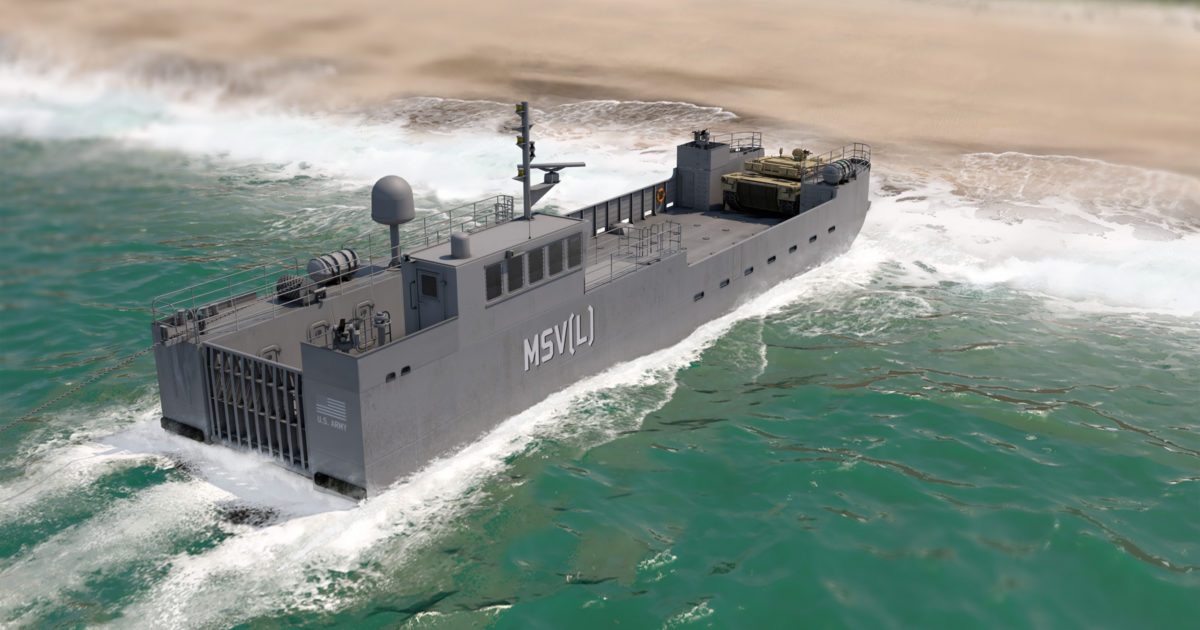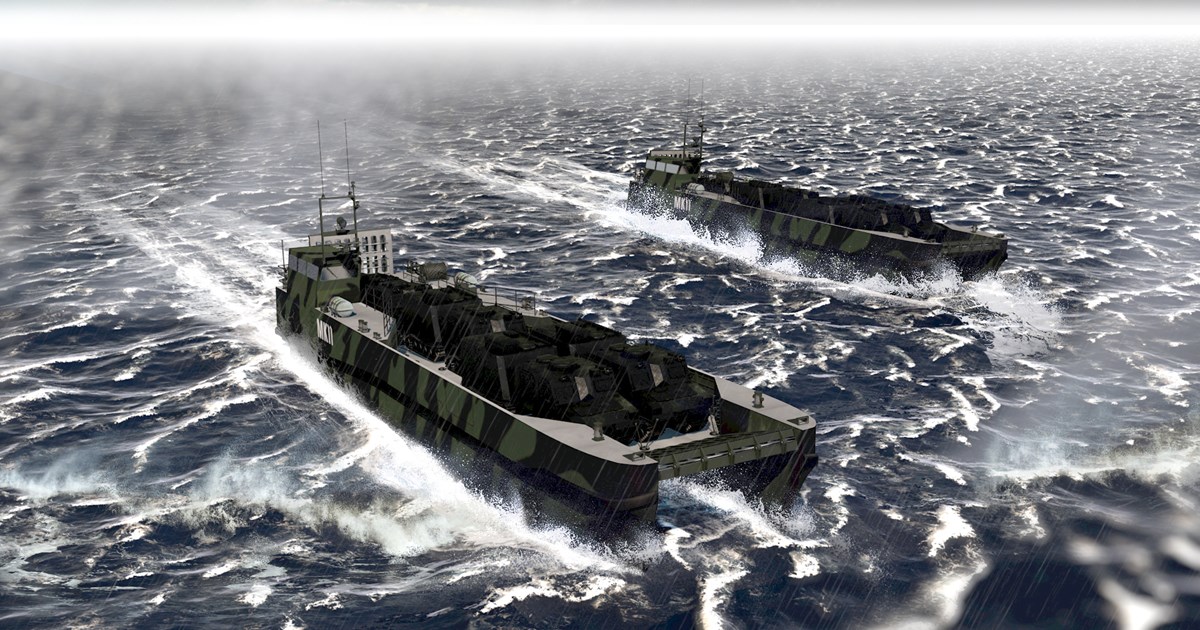How is this any different to how civilian tradesmen are trained currently. Civilian apprentices also have to complete work books in order to gain their certificates under the NTF (National Training Framework).
That is not correct for Army (I cannot speak for Navy or Air Force). New march-ins to units from various Training establishments already have the majority of some civil accreditation's and only require workplace experience in order to qualify for some Cert IIs or Cert IIIs. From my own experience Army ECN 405s arrived at units with Cert III in Electronics, following a trade restructure the new ECN 665s had most of Cert III in Telecommunications. These qualifications were exactly the same as those gained by civilian technicians because they were issued by RTAs accredited under the NTF. Army relinquished its RTA status due to the cost of maintaining compliance with NTF in order to retain equivalency with qualifications issued by civilian RTAs. The solution was to contract the non-military training component to civilian RTAs (TAFEs etc).
I do agree that the NTF endorsed Certs do not in any way mean a person is better qualified for any position or task. All that is set is a benchmark (and some could say that it is a very low benchmark at that). What is missing is how the person has applied the theoretical knowledge in their daily work and the experience that they have gained. In my former role as the senior technician in a unit I was more likely to seek advancement for a soldier who had done 10 different tasks 10 times rather than a soldier who had done 1 task 100 times (but perhaps I was strange as I read technical manualsin my spare time).
When I did my trade in the 90s it was Cert III 24 modules, Advanced Certificate +15 modules and Associate Diploma +15 modules with NBB, NM, EA, and EB modules. The Dip Eng was a three year engineering degree and then there was the four year BEng.
NBB were National Broad Band modules for base level cross trade/job, i.e. OH&S.
NM were core trade.
EA were advanced trade and 1st year engineering that articulated into Adv Cert, Ass Dip, and BEng.
EB were 2nd year engineering that articulated through Adv Cert, Ass Dip and BEng.
The system tightened up at the end of my first year. There had been a stack of students who had transferred from the previous system to the new one for the Adv Cert and Ass Dip who hadn't done core courses or who had done the same course content twice who simply articulated their number of courses/modules to claim awards, i.e. claimed Ass Dips without doing maths, statics, mechanics or dynamics etc. To address this they banned "double dipping" which had the immediate effect that people like me who had year twelve maths and uni maths, calculus and computing, couldn't claim credit or RPL, meaning there were courses I did in my own time during my first year, that I lost because prerequisites I had been granted credit for initially we disallowed.
The pendulum had swung too far the other way, i.e. from awarding qualifications to people who hadn't completed core courses to denying recognition to people for courses they had completed and hence not granting an award at all.
My understanding is this occured in the early 90s when they moved to the national system, initially it was too loose, then too tight. Then they switched to the new new system with all the external providers and things loosened up again.
End result there are people like me who can participate in a design review, pilot, working group etc. on equal technical standing to a professional engineer, due to what we have studied and become competent in even though we only have AQF level 5 qualification. While there are others who have level 6 who haven't completed anywhere near the range and depth of study and are totally useless in such environments.
Quite often the modern diploma is what is given to people when they complete a raft of courses because they are not qualified or experienced enough to do their job. They are then seen as better trained than the competent, experienced people who were deemed not to require the remedial training.


